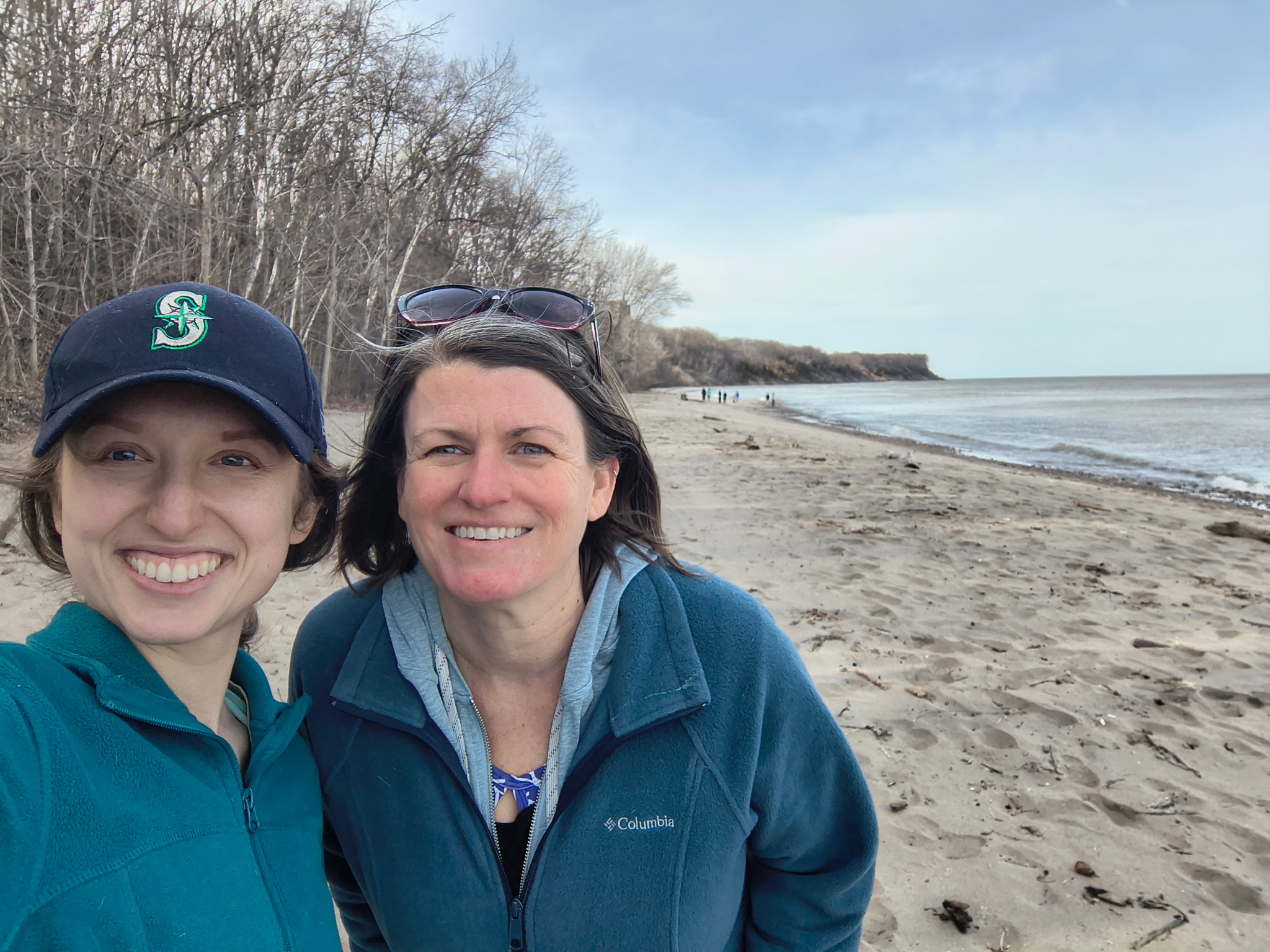Not every Great Lakes shipwreck offers convenient access to those who’d like to explore and survey it.
Some of them sank beneath hundreds of feet of water, well below safe levels for divers and underwater cameras.
Until now, anyway. Starting tomorrow, Wisconsin Historical Society staffers will team with Crossmon Consulting and Woods Hole Oceanographic Institution to use a state-of-the-art remotely operated vehicle (ROV) capable of operating in deep waters to capture the first-ever clear images of the S.S. Senator, a wreck that sank in 1929 in 450-plus feet of water east of Port Washington.
“We’ve never really seen it,” said maritime archaeologist Tamara Thomsen, who was part of the initial survey team that used a standard ROV equipped with small lights and non-wide angle video, as well as multi-beam sonar imagery to get a rough sense of the Senator’s location and shape in 2015. The information they collected was enough to get the Senator listed on the National Register of Historic Places.
The new ROV technology will allow researchers to see and document much more. The Senator was outfitted to carry automobiles on deck and within her hold between Milwaukee and Detroit. On Halloween day in 1929—the same week as the Black Tuesday stock market crash—the 4,048-ton steel carrier got caught in a dense fog, colliding with another carrier called the Marquette. The Senator split in two and sank, along with the 268 Nash automobiles it was carrying. The deckload of cars ended up in the sand aft of the vessel’s stern, but the cars within the ship’s hull appear to remain lashed down in place.
“Cars are still down there inside the vessel. We know from the initial sonar survey that they are aligned six across, three on either side of the keel,” Thomsen said. “We believe with use of this new ROV, we’ll be able to see them and catalog their condition.”
The Woods Hole crew, including oceanographer/documentarian Evan Kovacs, will capture the imagery. Thomsen and archaeologists at Wisconsin Historical Society will analyze the data and incorporate information into the Senator’s existing survey record.
“We’ve gathered our list of questions from our last visit to the wreck in December 2015,” Thomsen said. Now we have the opportunity to examine what really happened in the S.S.Senator’s final moments; moments that took the lives of nine of her crew. We’re excited to find out the capabilities of this new technology and to fully survey the ship.”





